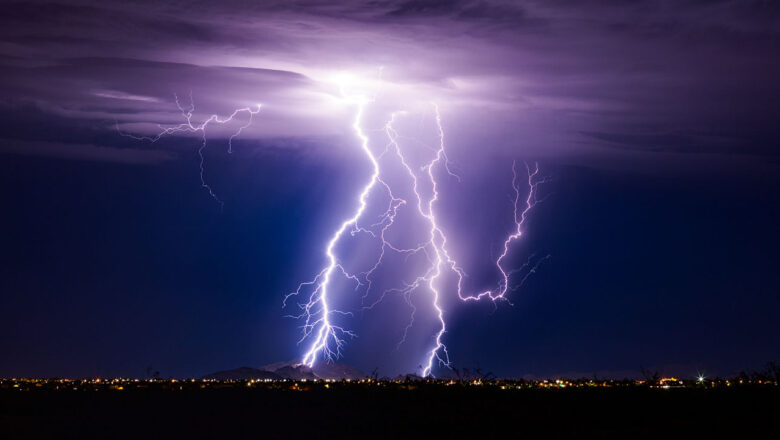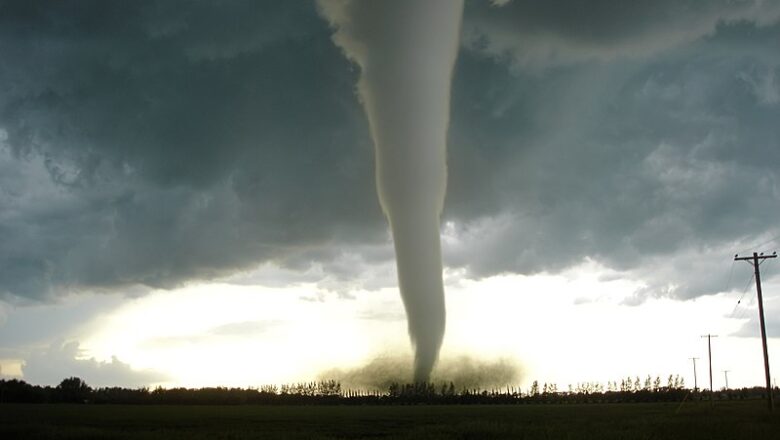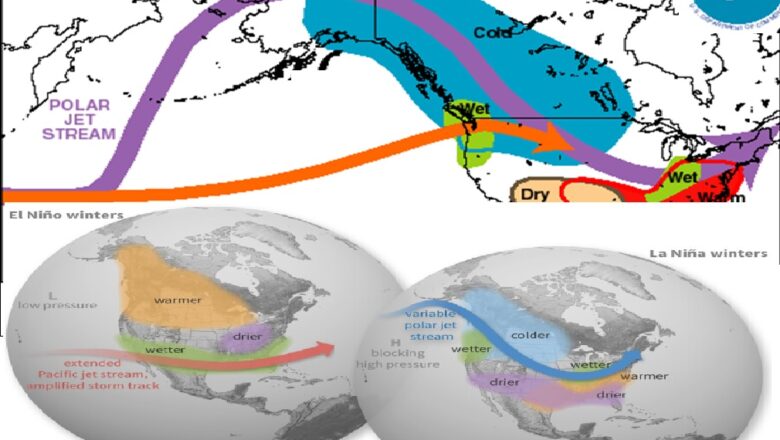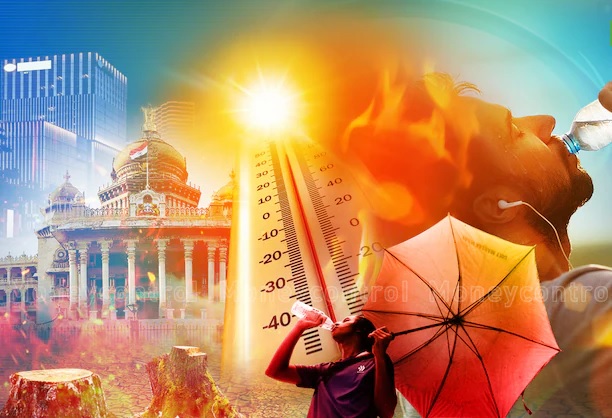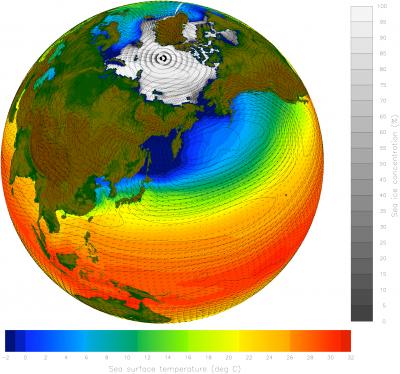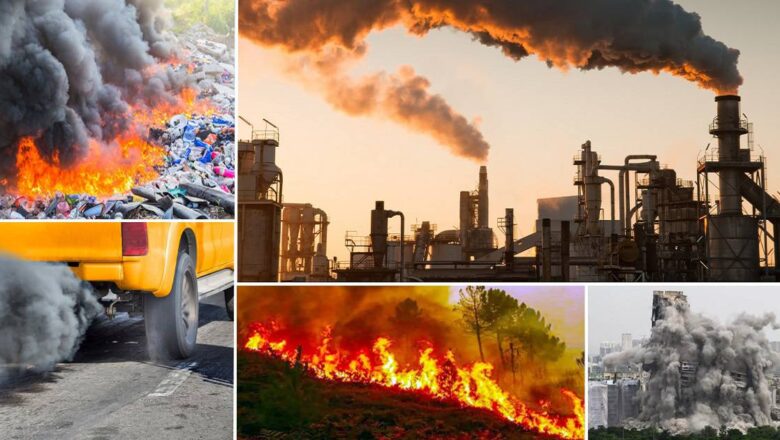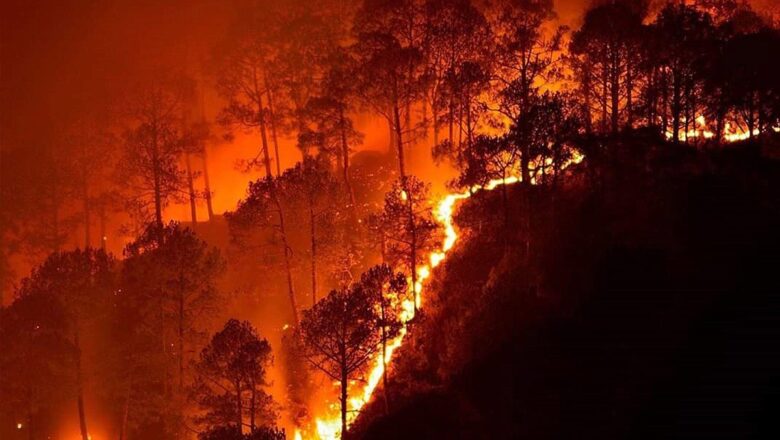
Virtual Training for Firefighters: iFire System Revolutionizes Preparedness for Extreme Wildfires
As summer draws near, the growing threat of bushfires in regions like Australia and the U.S. has intensified, with climate change making these fires larger, hotter, and faster than ever before. Notable events like Australia's 2019/2020 "Black Summer" megafires and the recent August 2023 Maui wildfires highlight the increasing frequency of these devastating disasters.
Despite the crucial role firefighters play in battling these blazes, many are not fully prepared for the unpredictable and extreme nature of modern wildfires, putting their safety and decision-making at risk. In response to this, the University of New South Wales' (UNSW) iCinema Research Centre has developed a groundbreaking solution: iFire, an immersive virtual training system designed to prepare emergency responders for r...

